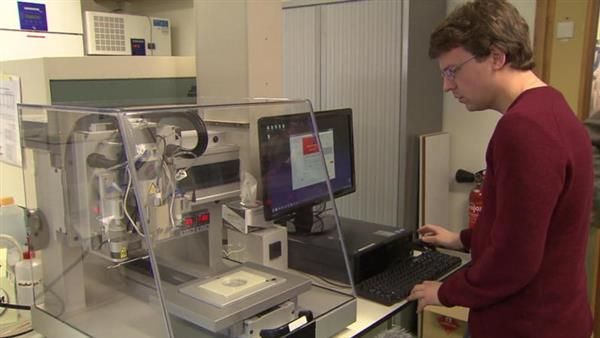VU Medical Center Amsterdam to 3D print cartilage implants for noses and ears

Medical applications of 3D printing technology have been very successful in recent months, so it’s unsurprising that many experts are already predicting a very bright future for 3D printing technology in the medical industry. Of course, most of the recent successes involve 3D printed implants, rather than bioprinted blood vessels, organs or other tissues, but that sector is also steadily expanding.
For this week a new team of researchers from the VU Medical Center in Amsterdam have announced that they are beginning a program focused on 3D printing cartilage for implantations. As plastic surgeon Paul van Zuylen – who is leading the project – explained, these implants will be custom made for a wide range of patients, including those with birth defects or people who have suffered significant burn wounds to their nose or ears.

To this end, the hospital has been testing a custom-made 3D printer capable of working with a mixture of biopolymers and cells taken from the patients themselves. That mixture is used to grow cartilage cells, which are subsequently 3D printed. By 3D printing that mixture, tests have already shown that it is possible to produce exact shapes fitting the patient’s facial features. The results from those tests are still being inventoried and evaluated, but the 3D printer has already been officially taken into use on Friday 27 March.

The 3D printer has been financed with the help of a large number of sponsors, including the grant Grote Gift of the 3M Fonds, as well as help from Aegon, MOVE, DCHG, Flintwave, VSBN, VEBON, ID College and the Dutch Burn Victims Foundation. If all things go according to plan, the first patients are set to benefit from this machine in the near future. As Zuijlen said: ‘We hope to offer individual solutions for patients with mutilations on nose and ears as soon as possible. Of course, the printer can also be used for more research in the field of tissue repair.’







